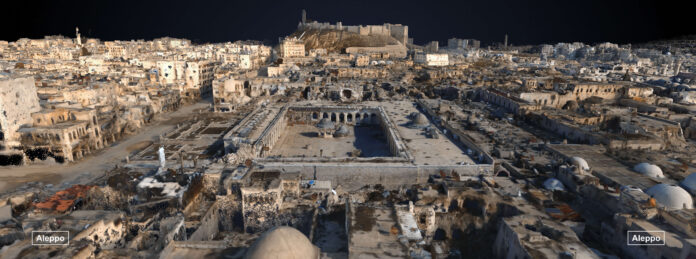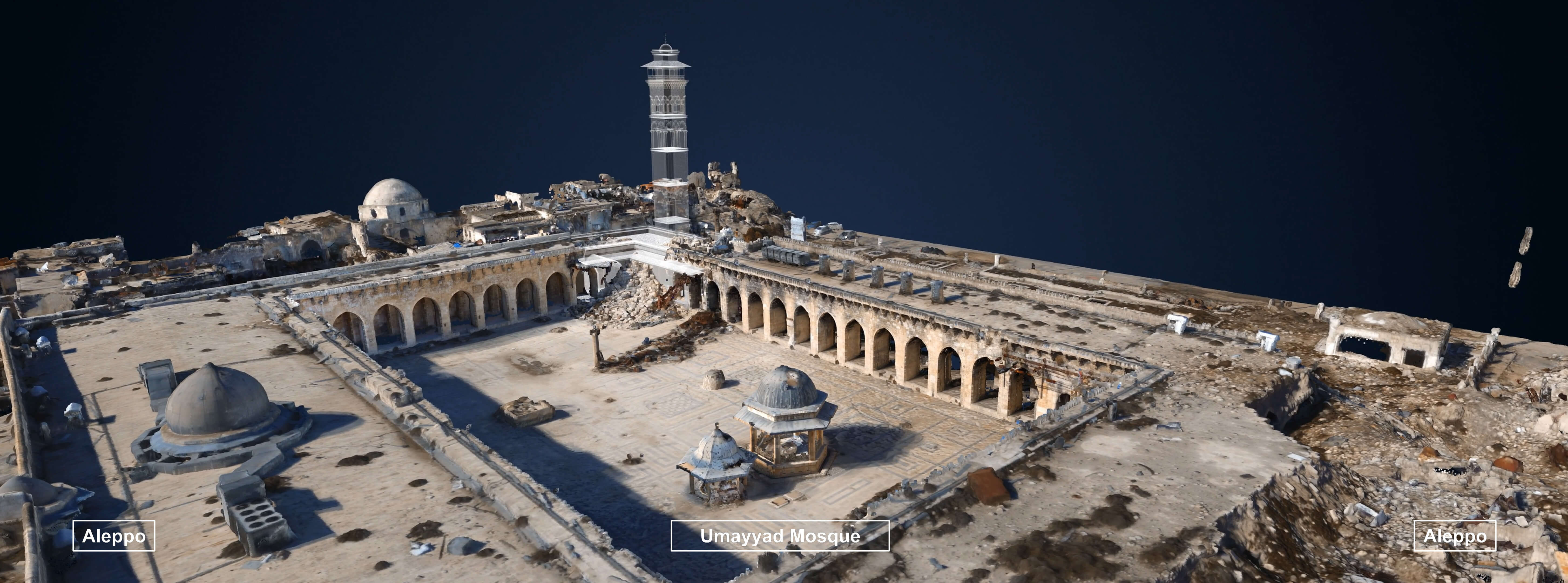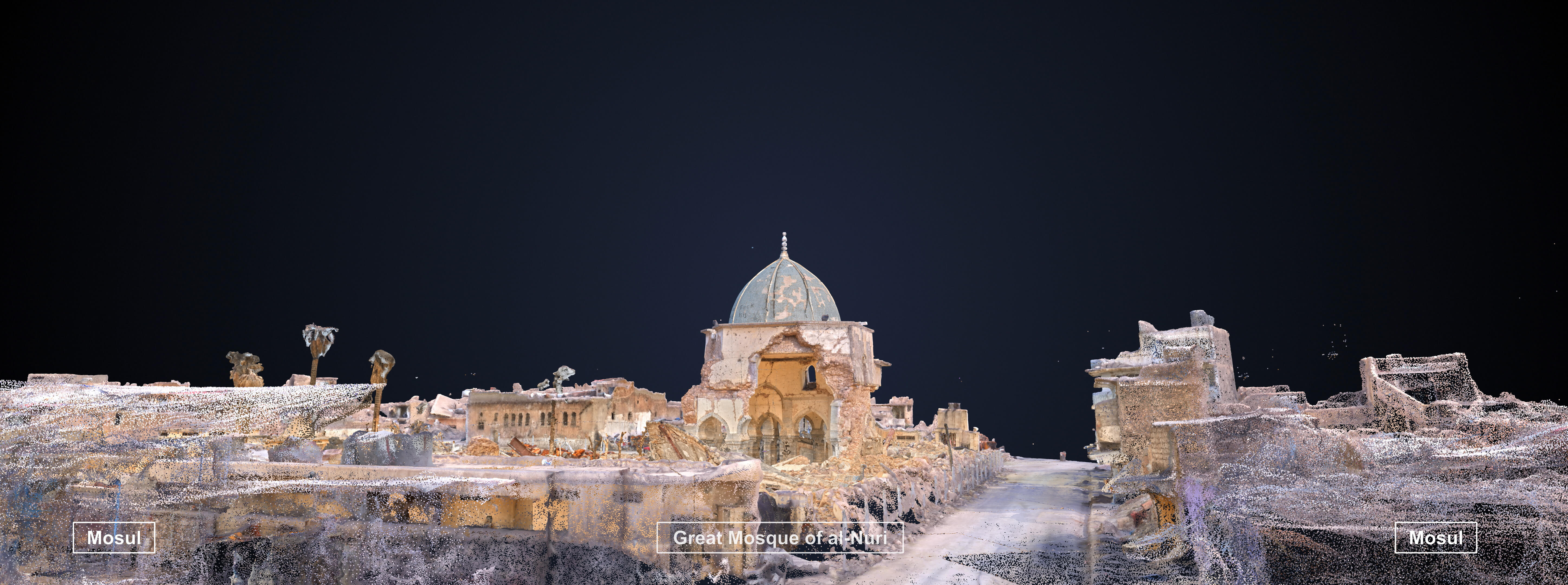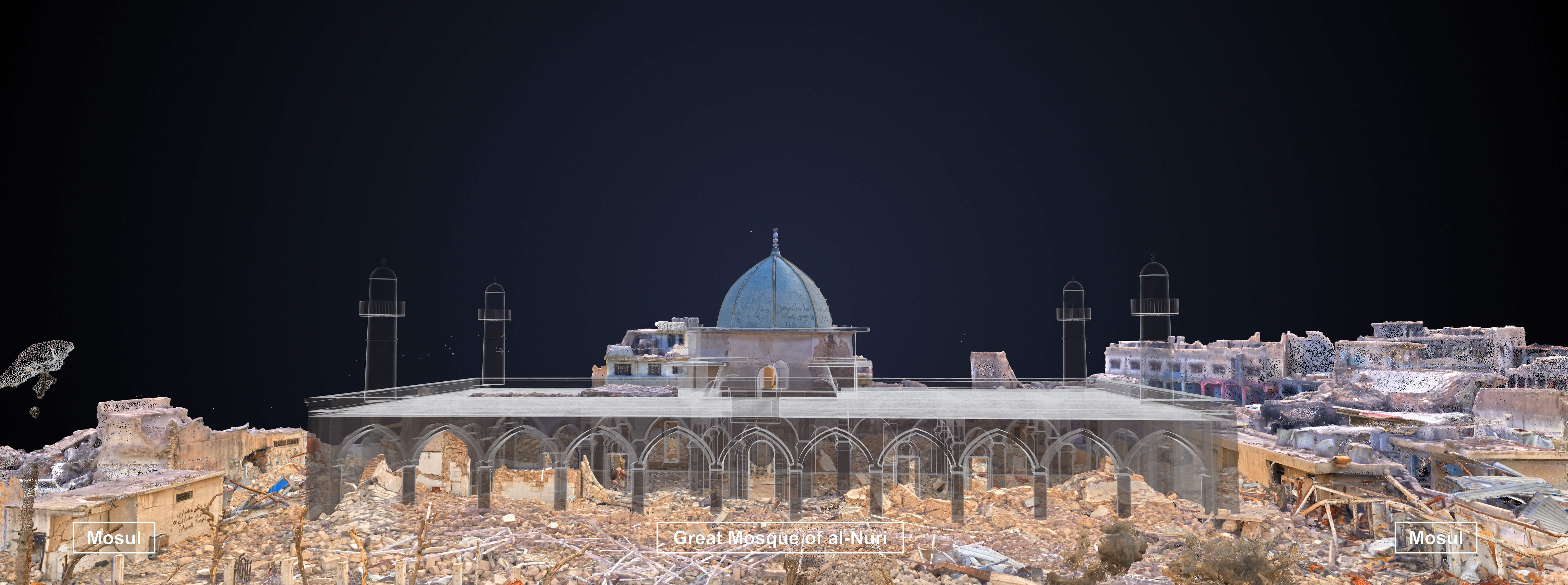Update: All Smithsonian museums in Washington, D.C. are temporarily closed to support the effort to contain the spread of COVID-19. All public programs, events, and tours are canceled through May 3. Visit the museum website for updates concerning a re-opening.
Using the most recent digital techniques, the Freer Gallery of Art and the Arthur M. Sackler Gallery, the Smithsonian’s National Museum of Asian Art, take visitors on a virtual tour of three ancient cities – Palmyra and Aleppo in Syria and Mosul in Iraq.
The exhibition highlights the devastation of these historically significant sites but also offers hope for their reconstruction and rehabilitation. By including the testimony of Iraqis and Syrians, the installation underscores the importance of place in the preservation of historical and architectural memory.
“Age Old Cities: A Virtual Journey from Palmyra to Mosul” is on view at the Sackler Gallery from January 25 through October 26, 2020. It was organized by the Arab World Institute in Paris, and created in collaboration with Iconem, which specializes in digitizing cultural heritage sites in 3-D, and in partnership with UNESCO. The exhibition offers an immersive experience that emphasizes the importance of preserving the world’s fragile cultural and built heritage.
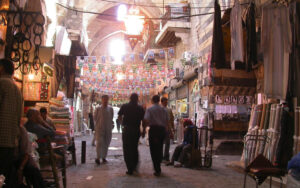
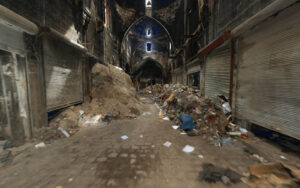
Heartbreaking Stories of Cultural Destruction
“‘Age Old Cities’ is a landmark exhibition, not only for its innovative use of digital technology within a museum context, but also for the poignant story it tells,” said Chase F. Robinson, the Dame Jillian Sackler Director of the Arthur M. Sackler Gallery and the Freer Gallery of Art. “This exhibition narrates the heartbreaking story of cultural destruction – and resilience – in these cities, and we are proud to be the exhibition’s inaugural U.S. venue. Palmyra, Mosul and Aleppo are cornerstones of world culture, and it is our shared responsibility to ensure that these cities are preserved to continue to tell their rich histories and inspire future generations.”
In the recent past, Iraq and Syria have suffered profound upheavals that have destroyed many significant cultural and religious sites – leaving little of the rich historical past. “Age Old Cities” sheds light on the devastating destruction, the important cultural heritage of Syria and Iraq, and the need to preserve these sites.
The Possibilities of Technology
The exhibition invites visitors into the heart of each of the three cities with large-scale projections of dynamic imagery and 3-D reconstructions of damaged monuments. The projections shift gradually from destruction to progressive reconstruction. To contextualize the sites, visitors will also see projections of historical photographs of the structures.
“Beyond the stones, this heritage is a common good, and safeguarding it is the responsibility of all,” said Jack Lang, president of the Arab World Institute. “Citizens of every faith, archaeologists and curators have all worked and continue working today hand in hand to shelter, protect and rebuild.”
The exhibition offers more than a visual of potential reconstruction of mostly destroyed sites; it introduces visitors to the people who still live in the cities. Several videos throughout the exhibition feature interviews with residents, as well as archeologists and curators who work at great personal risk to protect and preserve these sites. Other videos explore unique parts of the cities such as the souks (markets) of Aleppo or the tomb of the Three Brothers in Palmyra (an underground burial chamber turned into an ISIS base of operations).
Throughout the run of the exhibition, the museum will offer a series of programs focusing on each city. Programming will include lectures and presentations on architectural heritage and current events, family programs and related film and music programs to enhance the visitor experience, further explore the rich cultures of these cities, as well as the challenges and opportunities of cultural restoration and public policies.
The exhibition is created by the Arab World Institute, in collaboration with Iconem and in partnership with UNESCO and Ubisoft, with support from the University of Lausanne and L’Oeuvre d’Orient.
For further information check out the Sackler Gallery site.
The Smithonian has many digitalized objects to browse through while the museums are closed. Have a look at their giant coin collection here, for example.
We reported of course on the heritage of the Middle East becoming victim of violence in the last years.
When Ursula Kampmann travelled to Iran in spring 2016 she visited many sites of cultural importance. You can read her travel diary to Iran here.
Also in 2016 we reported on an initiative to reconstruct lost or damaged objects and monuments in the Middle East.



